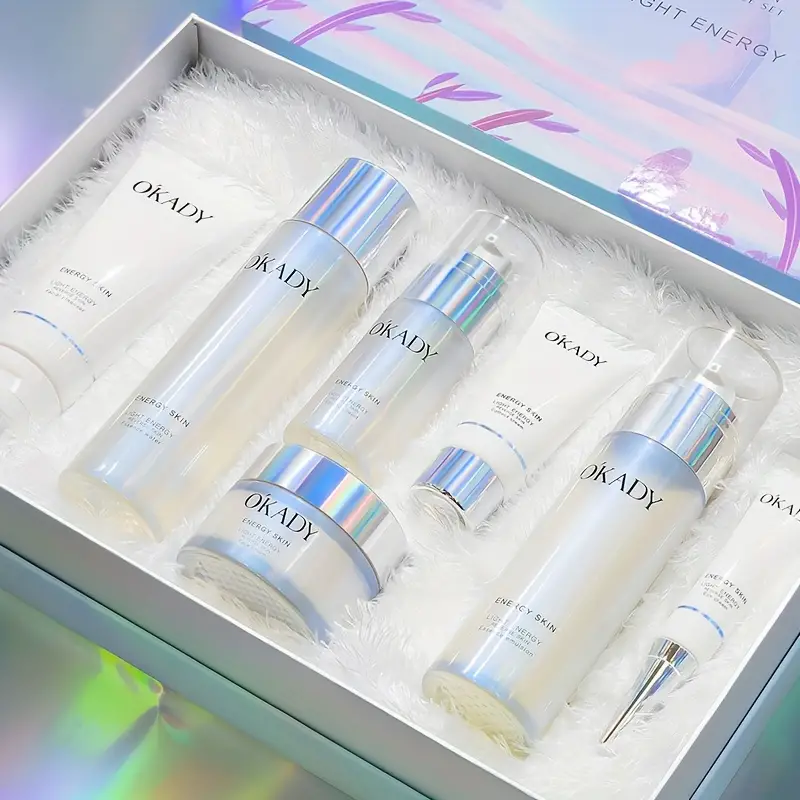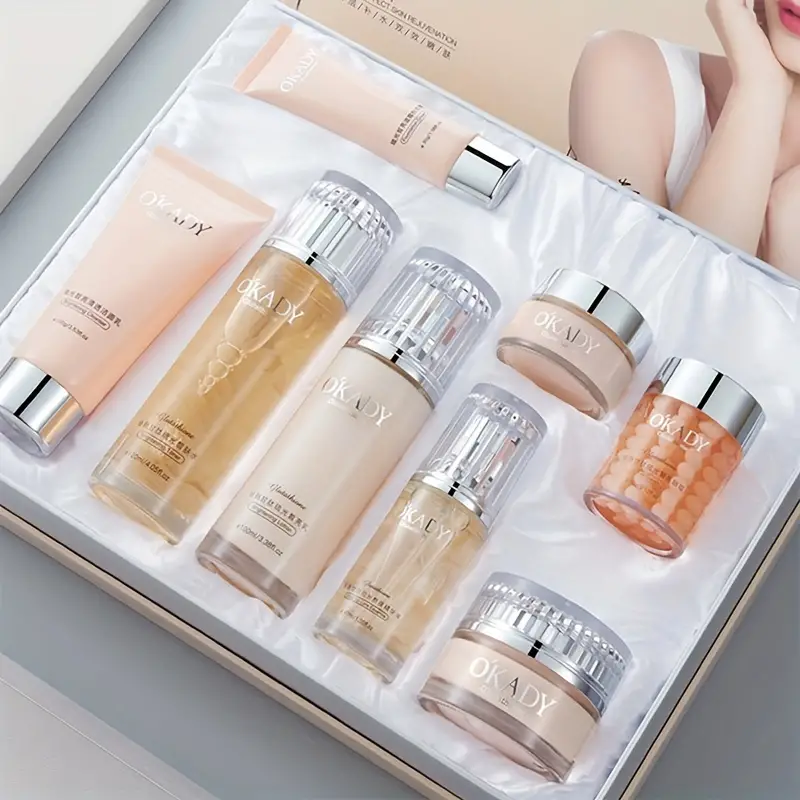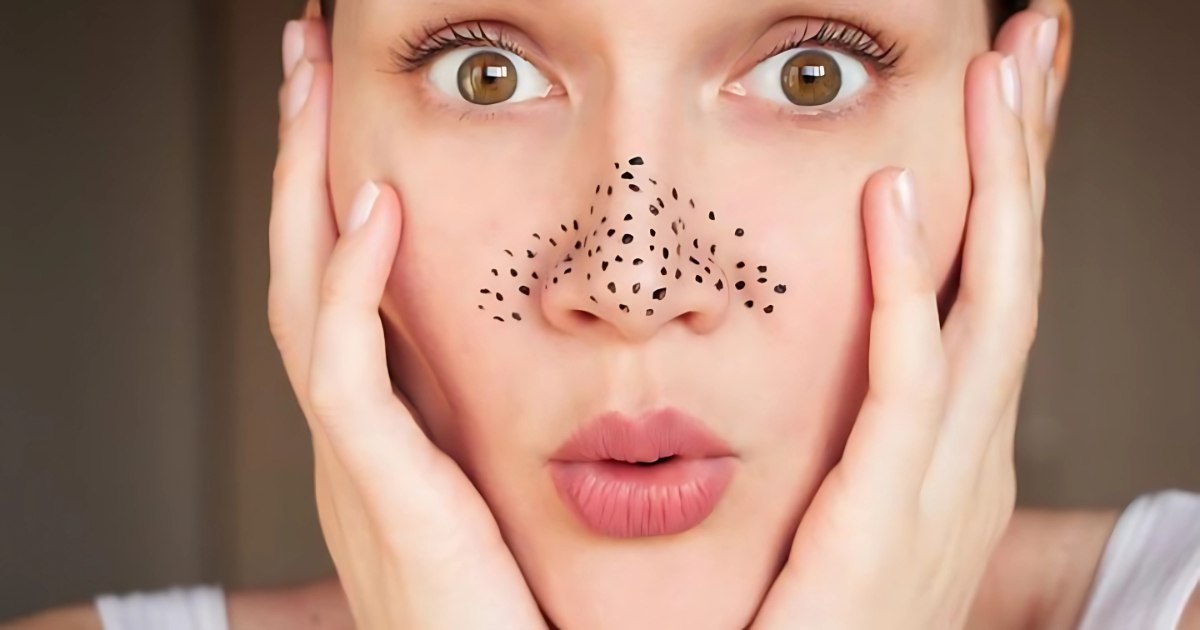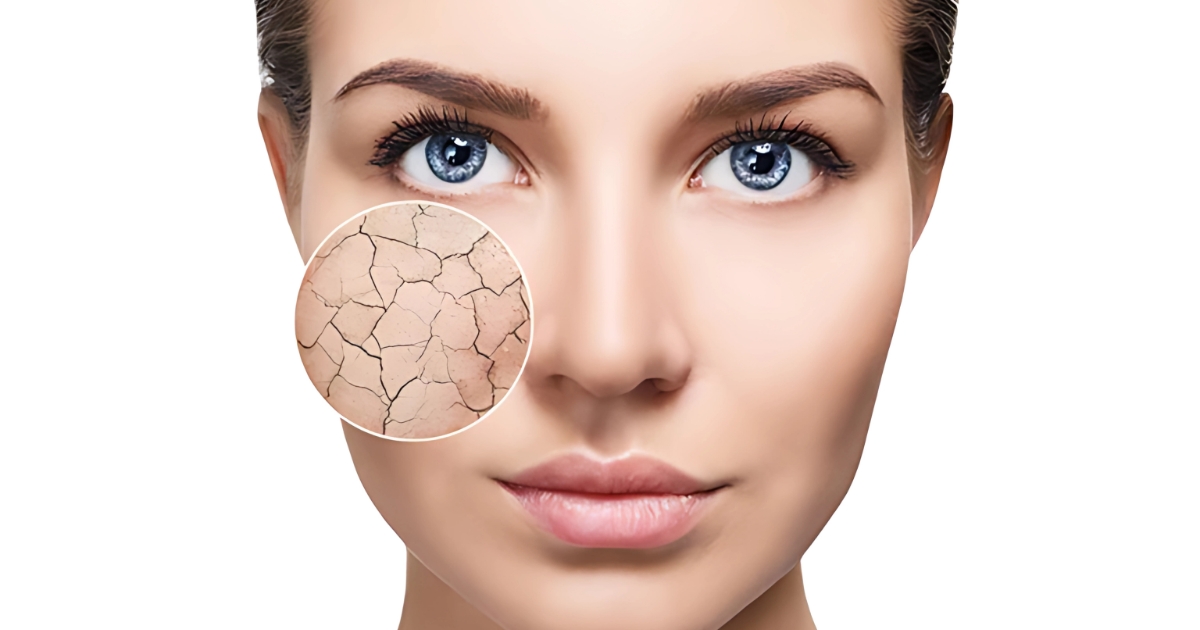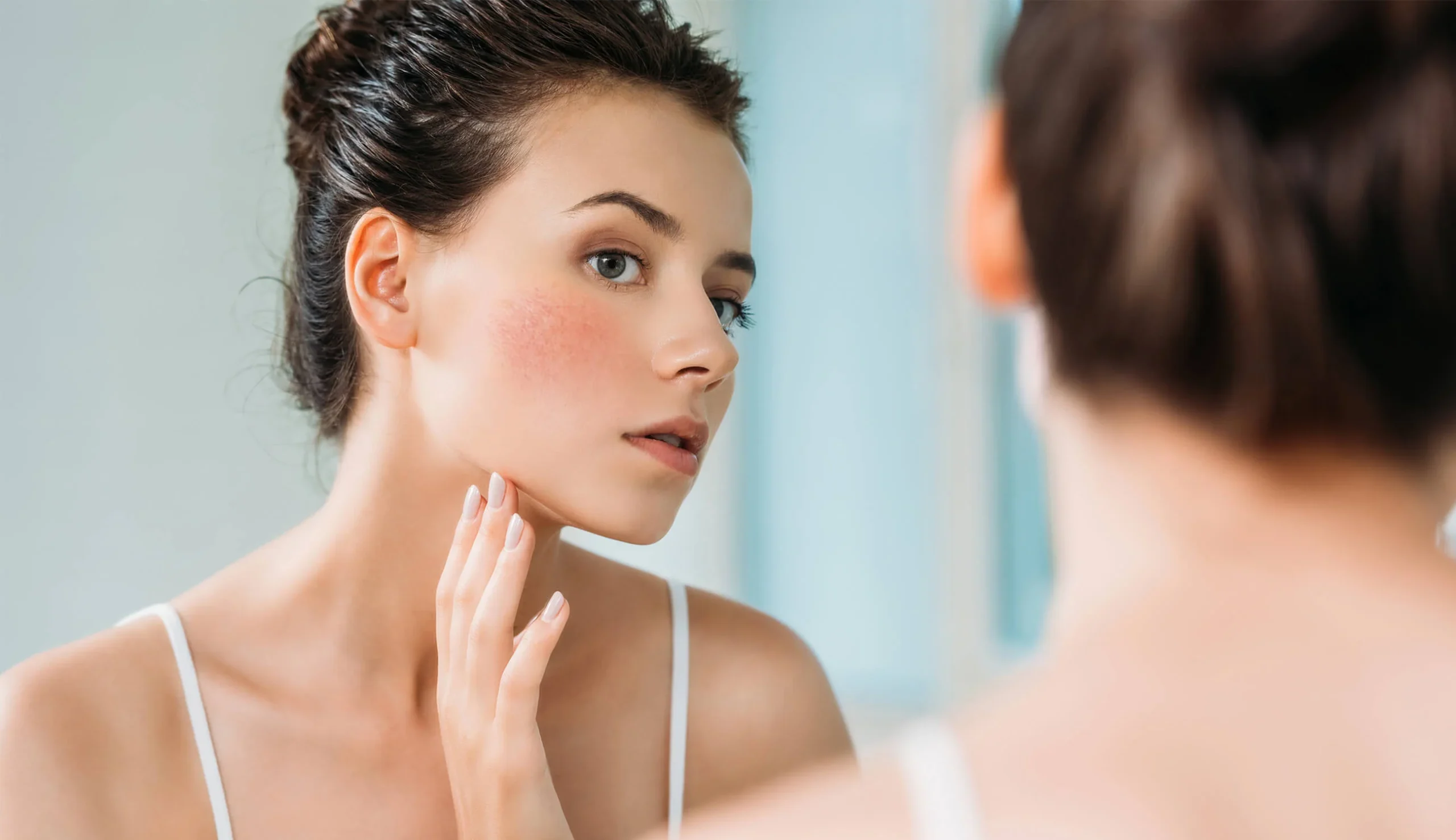FAQ
What are the different types of sunscreen available?
Sunscreens come in two main types: chemical and mineral. Chemical sunscreens absorb UV rays with ingredients like oxybenzone and octocrylene. Mineral sunscreens reflect UV rays with zinc oxide and titanium dioxide. Each type has its own benefits and considerations.
How do I choose the right SPF level for my skin?
SPF shows how much UVB rays are blocked. Higher SPF means more protection. For daily use, the American Academy of Dermatology suggests at least SPF 30. If you have sensitive skin or are outside a lot, consider SPF 50 or higher.
How much sunscreen should I apply?
Most people don’t apply enough sunscreen. Use at least 1 ounce (a shot glass full) for your whole body. Apply evenly and reapply every 2 hours, or more if swimming or sweating.
What are the benefits of mineral sunscreens compared to chemical sunscreens?
Mineral sunscreens, with zinc oxide and titanium dioxide, are gentler. They’re less likely to irritate sensitive skin. They also protect against UVA and UVB rays.
How can I find the best sunscreen for my kids?
For kids, choose sunscreens that are gentle and hypoallergenic. Avoid fragrances and harsh chemicals. Mineral-based sunscreens are a good choice. Make sure to apply liberally and reapply often.
Can I use the same sunscreen for my face and body?
You can use the same sunscreen for both, but face sunscreens are better. They’re lighter and won’t clog pores. This helps prevent breakouts and keeps your face smooth.
How do I find a travel-friendly sunscreen?
For travel, look for sunscreens in compact, TSA-approved sizes. Many brands offer travel-size options. Choose ones that are easy to pack and water-resistant for effective protection on the go.

